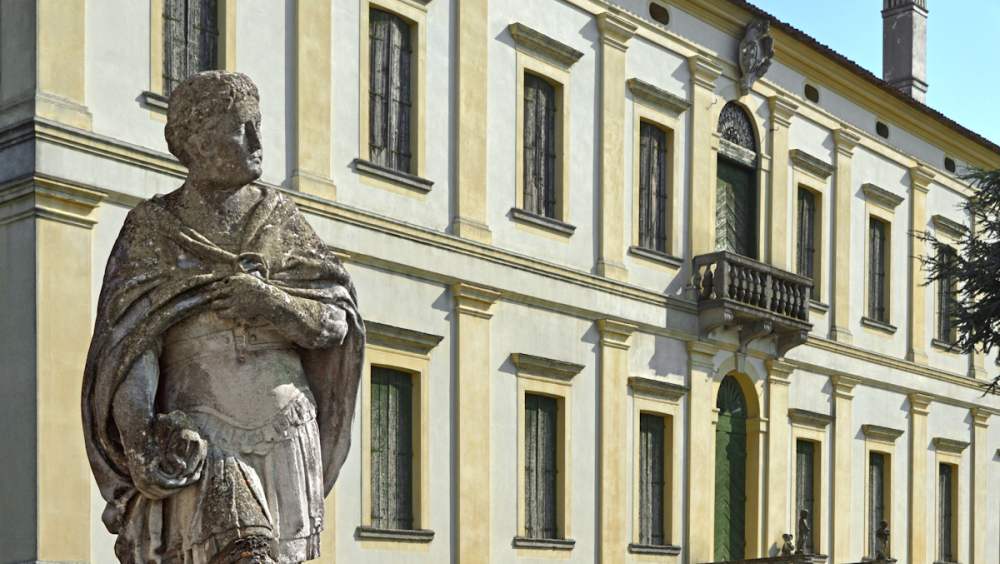Ville Venete, cultural heritage, territory and community: Palazzo San Bonifacio tells a story
Overview
This is an interactive urban game where the visitors enter in a tale to discover the history of the Palazzo and of the San Bonifacio family in their territory, the land between Venice and Verona, from the XVI century to modern times.
The Palazzo San Bonifacio Ardit is an historical mansion and Villa Veneta located in the basin of the Adige river, in north-east Italy. The owners of the Palazzo participate to the European Heritage Days (EHD) since 2015 and have organized a series of events focused on history, monuments, landscape, the relationship between communities and territory, and good practices for nature regeneration. To this aim, they have collaborated with students of the local secondary school, college graduates, Professors of the University of Padova (Dept. of Historical and Geographical Sciences and the Ancient World) and the Italian Society for Museum and Heritage Anthropology. Also, scholars of the Centuriation Museum in Granze, Padova, have discussed about Emperor Augusto and the roman colonization.
A group of young actors has reconstructed the history of the Palazzo and its territory in an interactive tale/game designed for the visitor to get involved and interact with the storyteller. The so called “Bassa Padovana”, the area where the Palazzo is located, was visited by the Longobards and Charlemagne, ruled by the Estensi and the Venetian Republic (la Serenissima) and, finally, inhabited by three major local families: Grompo, Angelieri and San Bonifacio. After the interactive game, in this year EHD event the local history and traditions will be discovered through the original documents of the archives of the Palazzo and of Villa Estense city hall.
European Dimension
The first step to protect our cultural heritage, in Europe and elsewhere, is to know and communicate. Our goal is to create an informative and interactive environment to stimulate the active participation of our visitors, starting from children of the primary school, in order to shape a community that is aware of its past, interested in its present, and ready for its future.
